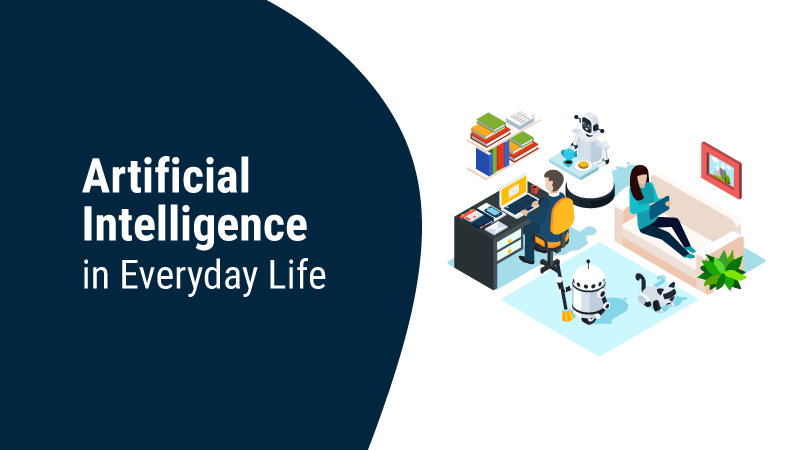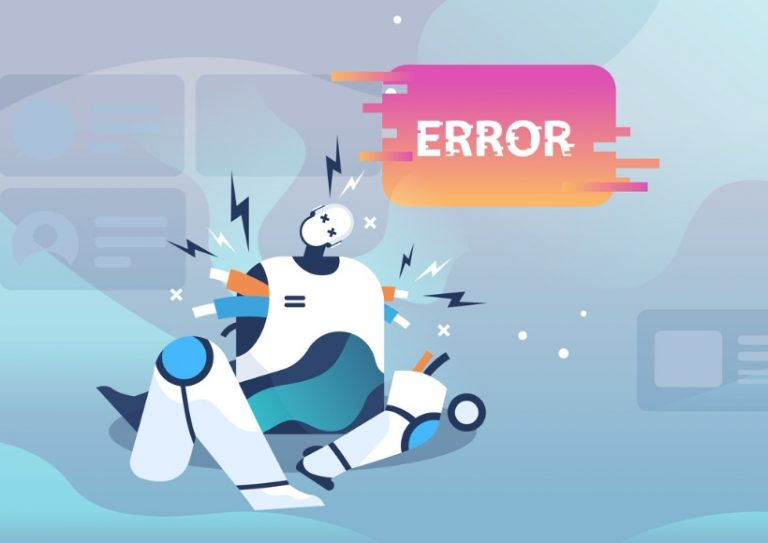The digital storefront of today is a dynamic, intelligent entity, constantly learning and adapting to the whims and wants of its customers. This profound shift is powered by Artificial Intelligence (AI), a technology that has moved from the realm of science fiction to the everyday operations of leading eCommerce platforms. At the vanguard of this revolution stands Salesforce Commerce Cloud, strategically leveraging its formidable AI capabilities, notably Einstein for Commerce and the groundbreaking advancements in Generative AI, to meticulously redefine both the shopping experience for consumers and the operational efficiencies for merchants.
Einstein for Commerce: Elevating the Customer Journey with Intelligent Personalization
Salesforce’s Einstein for Commerce isn’t just a feature; it’s an intelligent layer woven into every facet of the shopping journey, making each interaction remarkably personal and intuitively relevant. It transforms a generic browse into a tailored discovery process.
- Hyper-Personalized Einstein Recommendations:
- Beyond Simple Logic: Unlike traditional rule-based recommendation engines, Einstein leverages sophisticated machine learning algorithms to analyze an astounding array of data points. This includes not just a customer’s Browse history and past purchases, but also real-time clickstream data, product views, abandoned carts, search queries, demographic information, and even aggregated behavioral patterns of similar customer segments.
- Diverse Recommendation Types: Einstein provides a rich tapestry of recommendation strategies:
- “Customers Who Bought This Also Bought”: Classic cross-selling, but powered by deep behavioral insights.
- “Viewed This, Viewed That”: Guiding shoppers through related product exploration.
- “Recommended For You”: Highly individualized suggestions based on a holistic understanding of the shopper’s preferences across the entire site.
- “Top Sellers” / “Trending Now”: Dynamic displays of popular items, updated in real-time.
- Tangible Impact: For the customer, this means less time searching and more time discovering items they genuinely desire, leading to a more satisfying and efficient shopping experience. For merchants, the impact is direct and measurable: significant increases in average order value (AOV), higher conversion rates, and enhanced customer loyalty as shoppers feel truly understood. Imagine a customer buying a new smartphone, and instantly being shown compatible cases, screen protectors, and even wireless earbuds, all perfectly aligned with their brand preferences and budget – that’s Einstein at work.
- Proactive Predictive Analytics:
- Anticipating Needs, Not Just Reacting: Einstein’s predictive capabilities extend beyond just product suggestions. It employs advanced machine learning models trained on vast historical and real-time data to forecast future behaviors and trends.
- Strategic Insights for Merchants:
- Churn Prediction: Identify customers at risk of disengaging, allowing for proactive re-engagement campaigns.
- Next Best Action: Determine the most effective next step for an individual customer, whether it’s an email, a personalized offer, or a service interaction.
- Demand Forecasting: Predict future product demand with remarkable accuracy, enabling optimized inventory management, reduced stockouts, and minimized overstocking. This is critical for efficient supply chain operations.
- Dynamic Pricing Optimization: In certain scenarios, Einstein can inform dynamic pricing strategies by predicting demand elasticity and competitor pricing.
- Competitive Edge: This foresight transforms merchants from reactive to proactive, allowing them to make data-driven decisions that impact everything from marketing spend to inventory allocation, ultimately fostering greater profitability and resilience.
- Intelligent Search and Dynamic Merchandising:
- Beyond Keyword Matching: Einstein-powered search understands natural language, corrects misspellings, and interprets user intent rather than just matching exact keywords. If a customer searches for “warm coat winter,” Einstein understands they’re looking for heavy-duty outerwear, not just any coat. Search results are also personalized, prioritizing products a specific user is more likely to engage with based on their past behavior.
- Adaptive Merchandising: The display of products on category pages and promotional banners becomes highly dynamic. Instead of static layouts, Einstein can re-order product listings, highlight specific items, or even change the visual presentation of products based on individual shopper preferences, real-time behavior, and performance data. This ensures that the most relevant and appealing products are always front and center for each unique visitor, maximizing engagement and conversion opportunities.
Generative AI: Supercharging Merchant Productivity and Content Creation
While Einstein focuses on optimizing the customer-facing experience, the groundbreaking advancements in Generative AI are poised to revolutionize the backend operations and content creation processes for merchants within Salesforce Commerce Cloud. These powerful models, capable of creating entirely new content, offer unprecedented efficiency.
- Automated, Scalable Product Descriptions:
- From Manual to Magical: For retailers managing thousands, or even millions, of SKUs, writing compelling, unique, and SEO-optimized product descriptions is a monumental task. Generative AI fundamentally changes this. By feeding the AI key product attributes (e.g., material, color, size, features, benefits), it can instantly generate multiple versions of detailed, engaging, and grammatically correct descriptions.
- Benefits: This capability offers immense benefits:
- Speed & Scalability: Dramatically reduces the time to market for new products.
- Consistency & Quality: Ensures a consistent brand voice and high quality across all descriptions.
- SEO Optimization: Can be trained to incorporate relevant keywords naturally, boosting search engine visibility.
- Multi-language Support: Rapidly generate descriptions in various languages for global markets.
- Empowering Human Creativity: This automation frees up valuable time for copywriters and marketing teams, allowing them to focus on higher-level strategic initiatives, brand storytelling, and refining content, rather than repetitive manual tasks.
- Dynamic Promotional Content & Marketing Copy:
- Personalization at Scale: Imagine an AI that can instantly draft a variety of headlines, ad copy, social media posts, and email subject lines for a single promotion, each tailored to different customer segments or A/B testing variations. Generative AI can analyze past campaign performance data, identify what resonates with specific audiences, and then craft highly effective and persuasive marketing materials.
- Rapid Iteration: Merchants can quickly generate numerous creative options, test them, and iterate based on real-time performance, allowing for highly optimized and agile marketing campaigns. This drastically reduces the time and resources traditionally required for content creation and testing.
- Enhanced Customer Service Content Generation:
- Beyond marketing, Generative AI can assist in creating comprehensive knowledge base articles, FAQs, and even draft responses for customer service agents. This helps to provide quicker, more consistent support, reducing the burden on human service teams and improving overall customer satisfaction.
The Synergistic Power: AI as an Integrated Ecosystem
The true transformative power of Salesforce Commerce Cloud’s AI suite lies not just in each individual capability, but in their seamless integration and synergistic operation. Einstein’s predictive insights can directly inform and amplify the effectiveness of Generative AI.
Consider this detailed example:
- Einstein’s Insight: Einstein’s predictive analytics might identify a growing trend among a specific customer segment for sustainable, ethically sourced products. It could also predict a surge in demand for a particular product category, like “recycled activewear,” in the coming quarter.
- Generative AI’s Action: Armed with this insight, Generative AI can then be prompted to:
- Create new product descriptions for existing “recycled activewear” items, emphasizing their sustainability features and eco-friendly benefits.
- Draft personalized email campaigns promoting these products, with subject lines and body copy tailored to the identified eco-conscious segment.
- Generate social media posts and ad copy highlighting the ethical sourcing and environmental impact of these products, ready for various platforms.
- Feedback Loop: As these AI-generated campaigns run, Einstein continues to analyze the performance data (click-through rates, conversions, engagement), providing valuable feedback that can further refine Generative AI’s future outputs, creating a continuous loop of optimization.
This dynamic interplay ensures that every piece of content, every recommendation, and every strategic decision is rooted in deep customer understanding and optimized for maximum impact.
Conclusion: The Intelligent Future of Commerce
Salesforce Commerce Cloud’s relentless innovation in AI, particularly through Einstein for Commerce and its embrace of Generative AI, is not merely enhancing eCommerce; it is fundamentally reshaping it. By placing intelligent personalization at the heart of the customer experience and unleashing unprecedented productivity for merchants, AI is dissolving the traditional barriers between online and offline, making shopping more intuitive, engaging, and ultimately, more human. As these technologies continue to mature, we can anticipate an even more seamless, predictive, and delightful future for online retail, driven by the powerful, adaptive intelligence that only AI can provide. For businesses looking to thrive in this evolving landscape, embracing Salesforce’s AI capabilities isn’t just an advantage – it’s a necessity.




